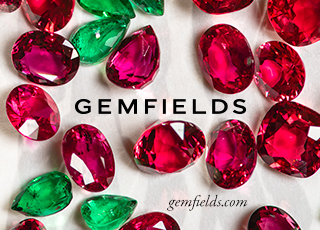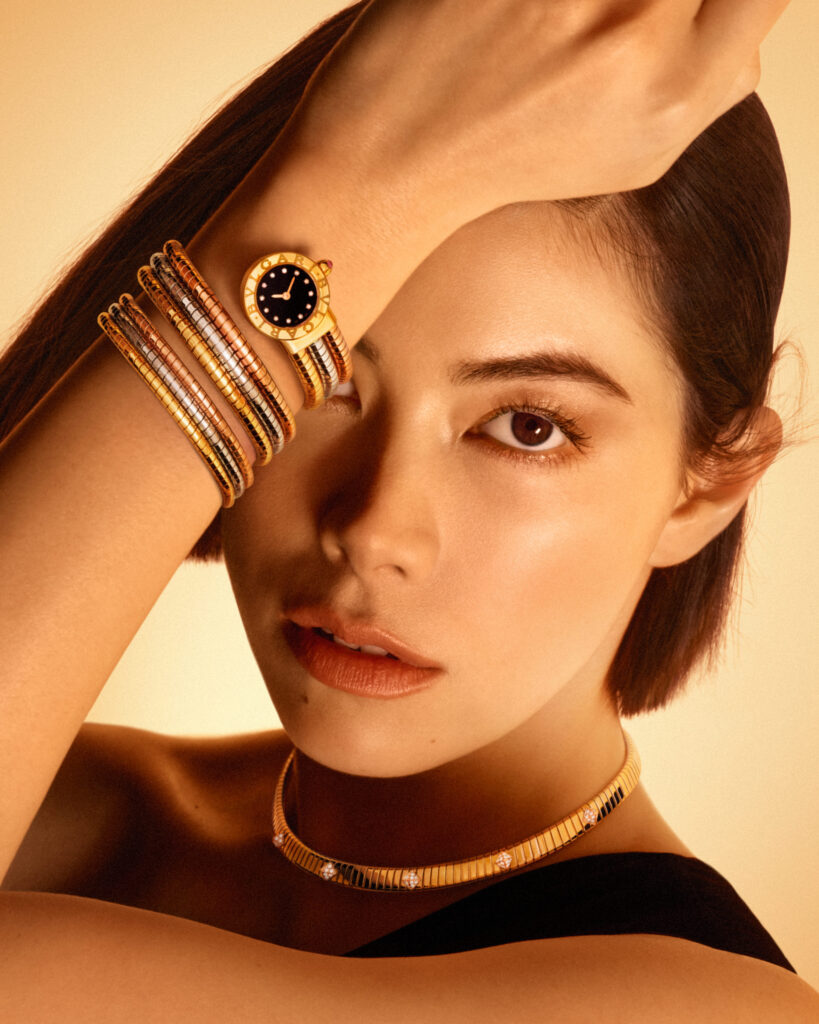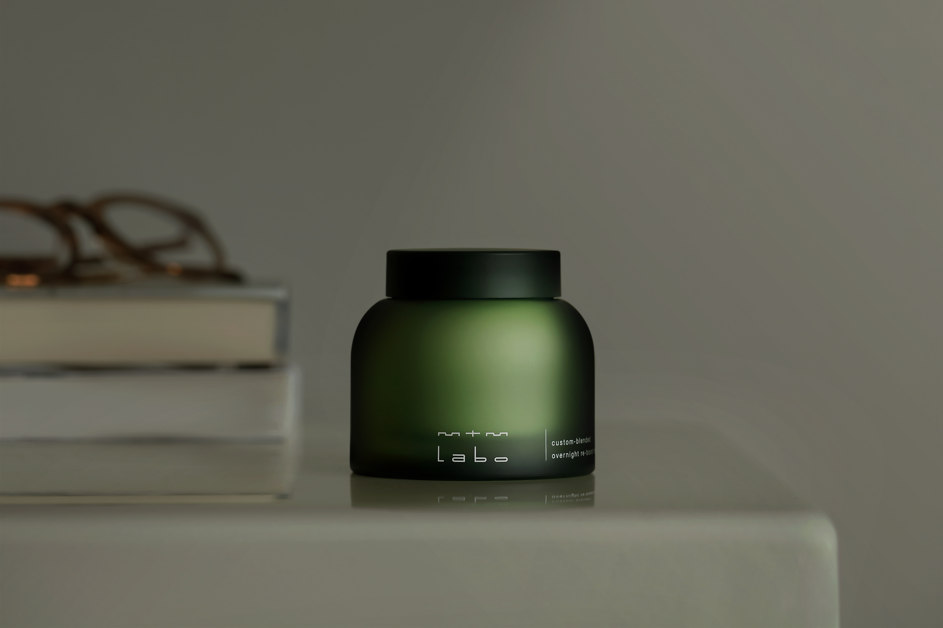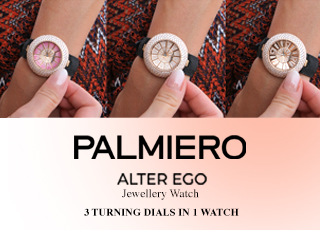Since the dawn of time, gold has captivated the hearts of anyone coming into contact with the precious metal, jewellers in particular. With its rarity, its malleability and global appeal, gold never lost its sheen. These, and other features such as its non-reactive qualities and relatively low melting point makes it a versatile metal to express one’s creativity with.

The treatment of gold plays a very important role in jewellery, and today’s jewellers are creating pieces with avant-garde fabrication techniques and innovative surface finishes. The final product can be soft surface textures, fine engraving, chain meshing, or satin and matte finishing. Striking looks also are achieved with treatments like bold chain mesh, filigree, sheet cut-outs in an array of patterns, and even repoussé technique. Adding diamonds and coloured gemstones as accents adds sparkle and glamour to the pieces.

The high malleability of gold allows a wide range of designs. When flattened into sheets, it can be cut into various shapes and patterns, or can be woven like baskets. When rolled into wires, both round and flat, the results are beautiful chains, chain meshes, and filigrees. One of the favourite forms of gold jewellery is its creative use of chains. Whether it is an inter-linked chain turned into a necklace, or fine chain mesh used to make fabric-like jewellery, gold allows the jewellery-making to be both elegant and ergonomically efficient.

The 18k yellow gold necklace from the Italian jeweller Fope’s 900 collection, featuring the brand’s signature Novecento mesh chain, is a classic example of excellence. The two chain necklace sets, featured at Tiancheng International Autumn Auction 2015, were sold way above the auction price because of their impeccable finish and chain-making techniques. Machine-made chain mesh knitted using very fine gold wire is smooth and flows like fabric — it can be moulded and folded! The frilly bracelet from Continental Diamond gives the appearance of a woven crochet. While the Tiffany Elsa Peretti Mesh Scarf necklace falls like waves due to its intricate structure crafted out of thin 18k gold wires.

When working with gold sheets, inspirational motifs can be carved in lattice-like structure, with architectural and floral motifs as the most common interpretations. The cut-out frames make delicate jewellery by themselves, or ornate ones when clubbed with diamond motifs. The Buccellati earrings with honey comb-patterned centre and diamond-studded frills on the borders are a beautiful example of such intricate jewellery-making process.

As the final touch, finishes can vary in different textures — both shiny and matte. The softness of gold allows one to dent or scratch it easily. Brushing, hammering, and engraving are types of treatments commonly used to create attractive surfaces. Softer finishes like high gloss (mirror-like), satin finish (light matte), brushed (heavy matte), frosted, and oxidised are often used. The yellow gold bangle from Continental Diamond uses high gloss finish, emphasising the quilt-like pattern to the maximum. Hammering the jewellery surface evenly with a soft ball pein hammer results in soft dents, creating a play of light. The Tiffany Paloma Picasso hammered Planet necklace crafted in 18k gold is a perfect example, showcasing the brilliant effect created by this technique. Engraving the plain gold surfaces with thin tools create a hard brushed look, causing a glamorous shimmery effect. The Staurino ring accented with randomly spread diamonds focuses on such engraving effect.


Often, combinations of these finishes are used to highlight differences in various volume levels in the same piece of jewellery. The ring and pendant from Antonini’s latest Aurea capsule collection used hammered yellow gold texture along with diamond pavé setting as design elements. Jewels from the Amarcord collection by Nanis also combine various surface finishes along with hints of diamonds. Engraved surface with high gloss twisted wire and sprinkle of diamonds create visual delights in an array of jewels. The paisley motifs front-back earrings by Nanis feature visual variety by treating the two different surface finishes — one engraved and the other diamond-studded. One of the finest examples for surface finishes is the Drago collection by Garavelli, a celebratory collection marking its 95th anniversary. Inspired by the dragon, the scales are treated in a variety of surface finishes, from high floss to all pavé to even micro-ceramic finish with a deep smoky hue.
Image opener: Tiffany Elsa Peretti Mesh Scarf necklace, image courtesy of Josh Haskin













